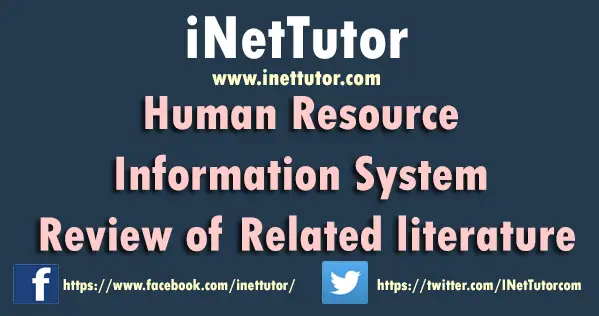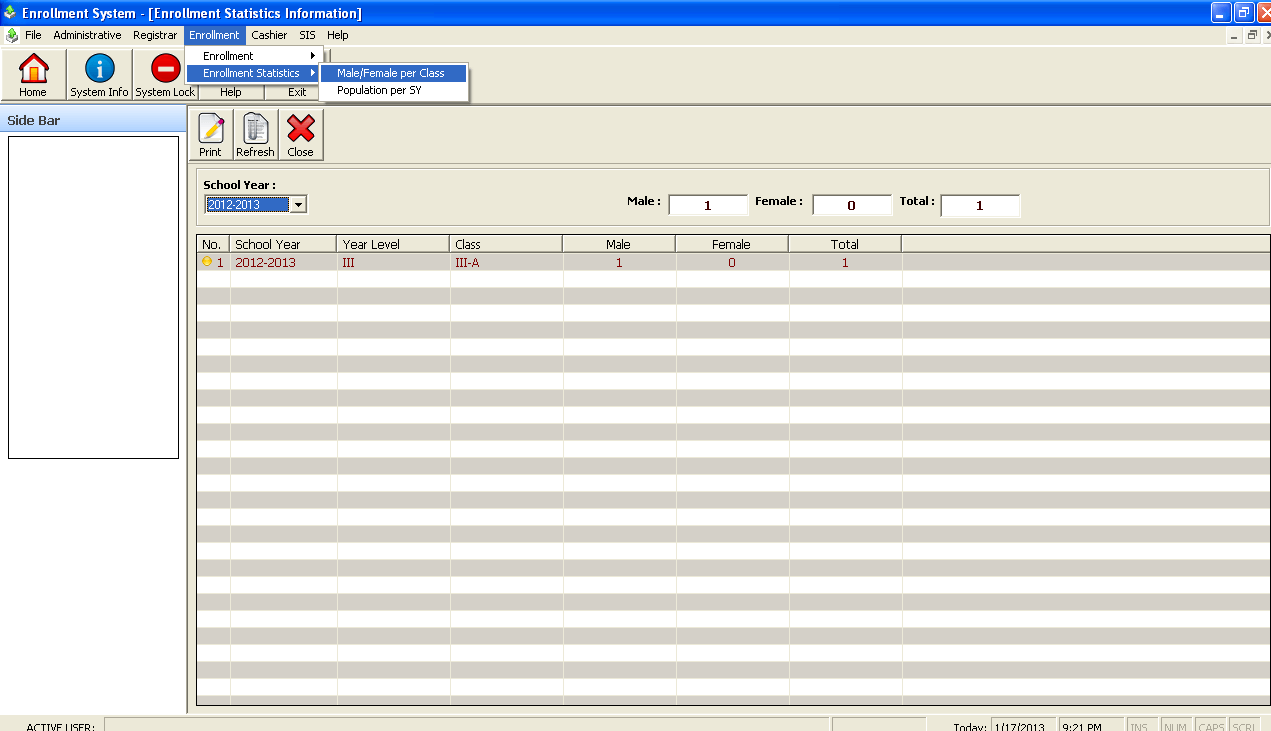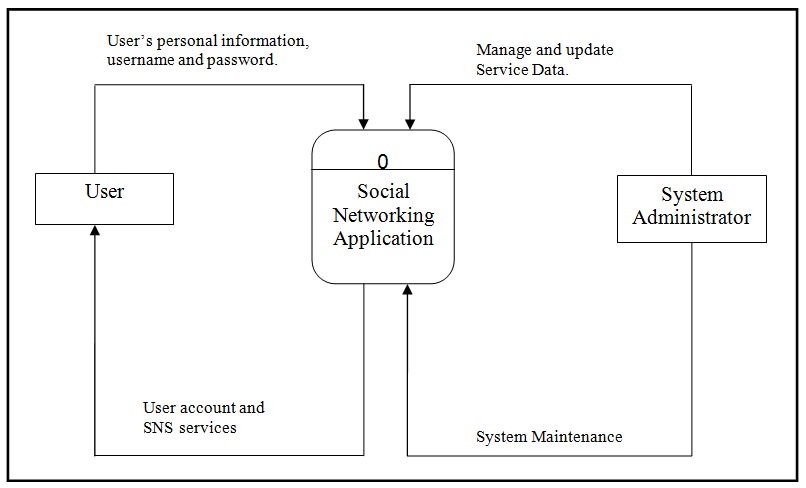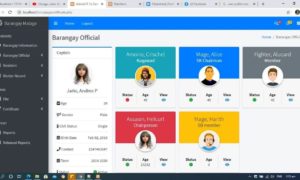Human Resource Information System Review of Related literature
REVIEW OF RELATED LITERATURE
This chapter presents the related literature and studies after the thorough research done by the researchers. This will also present the prior arts and synthesis of the art.
In order to develop a thorough understanding and deeper insight into previous works and trends that is relevant to the subject, as well as to reach specific goals of the study, the researchers considered a number of references, both foreign and local. These references presented in this chapter were gathered through journals, magazines, books, and other reading materials. It is also includes related foreign and local literature and studies acquired through the internet, past thesis and case studies of the same field and discipline. This provides a background for the discussion to analyze the findings of the present investigations.
Local Related literature
HRIS in Provincial Government of Bulacan
The Provincial Government of Bulacan’s Human Resources Office (PHRMO) is responsible for, among other services, the maintenance of records associated with payroll preparation and processing. They are also responsible for maintenance of 201 file for each individuals. Among the significant services brought about by the PHRMO through the use of HRIS, on top of the list is the fast and accurate processing of pertinent employee’s record like services records and payroll. Through the automatic computation facility and integrated time keeping system, processing time to determine leave credits, which is necessary for computation of pay of employee’s who have absences, and processing time to prepare remittances for GSIS, PAG-IBIG, and MEDICARE are very well addressed. This system did not only empower the employee’s and increased their productivity, but also became a tool to eliminate red tape. Through HRIS, response time to employee request is admirable.

Introducing DILG-NCR’s Human Resource Information System
In its continuing effort of advocating paperless mode of transaction, the Department of the Interior and Local Government – National Capital Region (DILG-NCR) started yet another innovation; this time with the Personnel Section through the Human Resources Information System (HRIS).The Human Resources Information System (HRIS) is a web-based system that aims to organize all the data of every personnel. The goal of the HRIS is to lessen the loads and paper generated from every transactions, hasten the process of operation and at the same time ensure all the files from the Personnel Section are efficiently organized and readily available in just a snap. Through the collaboration with the Regional Office’s IT Consultant, Engr. Martin Angelo Dideles of Infoactiv IT and Engineering Solutions, the system was developed. The Data Capture Form in this system was based on the Civil Service Commission (CSC) Form; the Personal Data Sheets (PDS) which all Personnel will update their information every year is available in the HRIS.
The twelve (12) participants who attended the HRIS training last September 12, 2013 at LGRRC Conference Room were able to understand how the system works and the advantage of the web-based HRIS. Some of the notable benefits of the HRIS are: 1) The employees could update the Trainings attended anytime they want; 2) Once the they logged in to the system, they will easily find all their available leave credits, their service records, the e-copy of their appointment and their other necessary papers; 3) The Personnel Section could easily search the Type of Blood, competencies and expertise of every employee.
Human Resources Information System in Bohol
An electronic system set up in 2006 and enhanced through the years for managing personnel records based on Civil Service Form 212 (Personal Data Sheets) and producing reports/documents for the following purpose, managing, analyzing and reporting of all employee information; payroll integration; computerized daily time record linked to biometric device (daily time record); and online access to leave credits and balances, including leave of absences application.
Foreign Related Literature
HRIS in State of India
According to Sarah Dwyer an effective HRIS provides accurate and timely data about health workforce. While some states continue to maintain HRH data on paper, other states have initiated efforts to computerize the data either trough simple Excel-based spreadsheets or more sophisticated web-based HRIS. This aim of these initiatives is to use the HRIS data to improve recruitment, deployment, and training of health workers to expand access, quality, and use of health services. Where an integrated web-based HRIS is in place, such a system can help track individuals as they move through the health workforce system, improved the accuracy and availability of HRH data, allows sharing of information across sectors to gain a national workforce perspectives, simplify data analysis and generation of reports, project workforce needs in the future, monitor training requirements and licensing status, and decrease the labor and effort required to maintain the enormous amount of information generated.
Benefits and Barriers of Human Resource Information System in Accounts Office
Azad Jammu & Kashmir is considered as one of the province of Pakistan. Recently IT was introduced in Education sector. But mostly the organizations have traditional HR system. All the public sector organizations have traditional system. The study is based on the previous studies. But unfortunately no study has done earlier in AJ&K. HRIS is planned predetermined course of action that reflects organization objectives. With the changing dynamics of business, human resources now play the role of strategic partner. HRIS is about improving processes and changing behavior is not just implementing technology, it is about consolidating, streamlining, re-engineering and automating manual HR processes, gathering, managing and delivering business related information to those who need it, employee and manager access to HR information and services organizational development is being directly linked to HR development (Ali Asim). HRIS is an efficient and responsive system for managing the human resources. HRIS are of three types such as Electronic data processing (data processing, data, storage, processing payroll and basic personnel information, MIS management information system and third is decision support system. Some organizations use all three while some use partially. In this study AJKCDP and Accounts office are using HRIS partially. As Azad Jammu & Kashmir community development program (AJKCDP) is using MIS while Accounts office is using most common payroll and personnel information electronic data processing.
Integrating a Human Resource Information System
James E. Bartlett, II, Ph.D., and Michelle E. Bartlett, M.S. Edited by Myrna Gusdorf, MBA, SPHR
The HR department in London owns and supports the European HRIS for the portion of the company that will be integrated into the U.S. HRIS. Their current system lacks proper controls and received an unsatisfactory internal audit. It was determined that the system would require extensive changes and that it would be more cost effective to replace the system than to make the changes. The London-based HR office selected an HRIS implementation partner, Limited Experience, Inc., to facilitate the integration. The firm has no knowledge of the U.S.-based system and has relatively little experience with integrating part of an HRIS into an already existing system. The London-based HR office has provided the project manager for the integration, Frankie. Frankie has knowledge of the European HRIS but no experience with IT projects and the current U.S.-based HRIS. Limited Experience, Inc. has provided a co-project manager, Pat. Pat has never led a project of this size nor does Pat have knowledge of the U.S. system or how current HR projects would affect their project. In the end, Frankie and Pat ended up being co-project managers, though Frankie was more of the lead.
Health Management Information System utilization in Pakistan: challenges, pitfalls and the way forward
According to Muhammad Suleman using of data generated through the Health Management Information System (HMIS) in decision making has been facing various challenges ever since its inception in Pakistan. This descriptive qualitative study attempts to explore the perceptions of health managers to identify the status and issues in use of HMIS. Overall 26 managers (all men, ages ranging from 26 to 49 years; selected from federal level (2), provincial (4) and seven selected districts (20) from all four provinces) were interviewed face to face. The respondents identified a number of hurdles resulting in non-use, misuse and disuse of data. These included limited scope of HMIS, dubious data quality, political motives behind demand of data and an element of corruption in data reporting etc. A great deal of political and administrative will is required to institutionalize transparency in decision making in health management and HMIS is an important tool for doing so. Appropriate legislation and regulations are needed to create a conducive policy environment that would help in changing the existing decision making culture. The effective use of information requires that besides capacity development of district health managers in understanding and use of data, the higher level decision makers are provided with relevant data timely and in an easily understandable form along with the recommended actions pertinent to this data.
Synthesis
There are many existing studies and project that are similar and related to the proposed system, and that the researcher’s uses the method same as the mentioned studies above yet the proposed system differs in the system that applicable to the users using computer with a Operating System of Windows 7. The system has a decision support system that can generate for promotion of an employee’s and also checking the daily time record of all employee’s under your organization.


